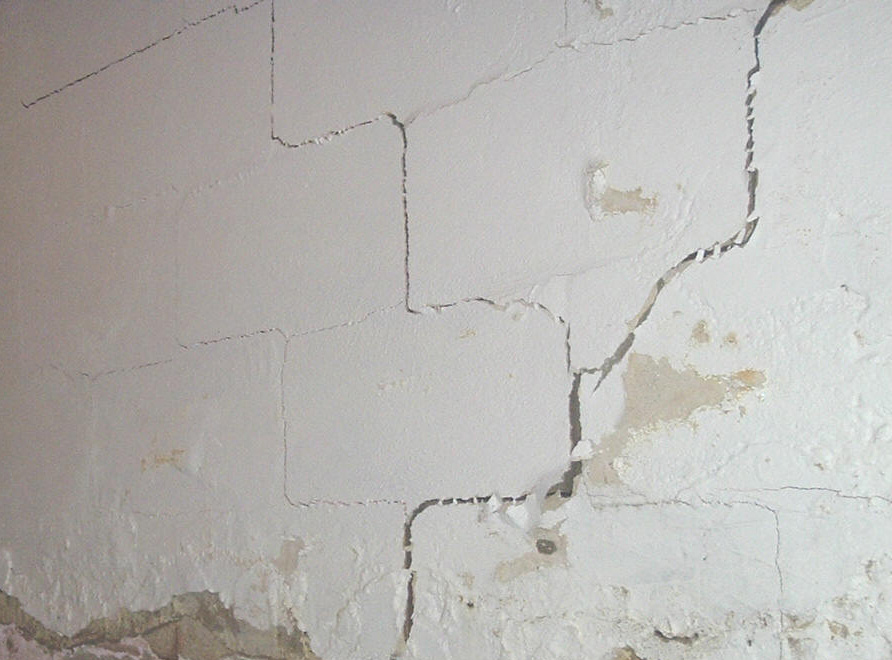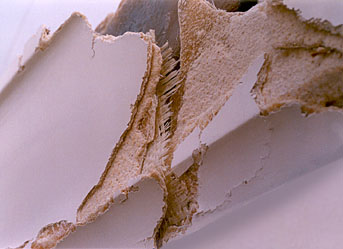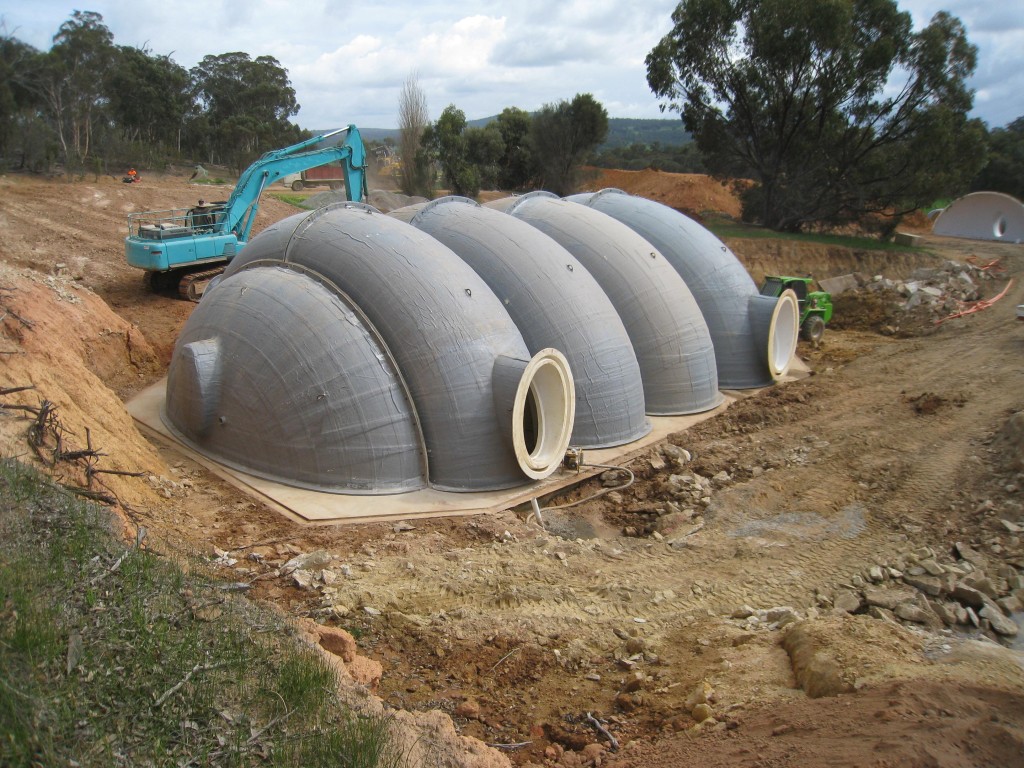
 Concrete is incredibly strong in most cases. We see it used it in so many facets of our life, we naturally assume it must be the safest material available. However; concrete’s common application is more related to it’s cost effectiveness. There is no shortage of examples where buried concrete cracks allowing moisture into the structure. Drainage pipes, storm drains, home basements and foundations are all perfect examples of common applications of concrete where we also see structural failure. Shifting earth and changing temperatures are unforgiving adversaries of buried concrete structures.
Concrete is incredibly strong in most cases. We see it used it in so many facets of our life, we naturally assume it must be the safest material available. However; concrete’s common application is more related to it’s cost effectiveness. There is no shortage of examples where buried concrete cracks allowing moisture into the structure. Drainage pipes, storm drains, home basements and foundations are all perfect examples of common applications of concrete where we also see structural failure. Shifting earth and changing temperatures are unforgiving adversaries of buried concrete structures.
As temperatures fluctuate in the earth, the ground swells and contracts. This puts incredible force and added pressure on any buried structure. Because of concrete’s rigid nature, the subsequent result of shifting earth is cracking. After the concrete is cracked, new problems quickly follow. Moisture will soon start to seep into the shelter from the surrounding earth. As moisture collects and dry over and over – mold can start to appear. Moisture and mold are two things any shelter owner dreads.
Additionally, the concrete storm shelters used today are basically modified septic tanks never designed to be water tight. These units are essentially 2 pieces (top and bottom) that are connected by thin metal brackets. These units are fabricated with a large seam that wraps around the entire shelter which serves as another point of potential failure in the shelter.
 Concrete has many strengths and is a great material to have at our disposal, but make no mistake; there are better materials to use for underground purposes. Starting with steel fabrication will ensure that your shelter is never affected by leaks, moisture, cracking or mold. Steel will expand and contract with the changing temperatures ensuring that it will last for generations to come. Steel storm shelters are maintenance free and built to be much stronger than concrete shelters. Don’t make the mistake of thinking that concrete is the way to go for storm shelters. See what Rising S can offer you with our steel products. You’ll be impressed!
Concrete has many strengths and is a great material to have at our disposal, but make no mistake; there are better materials to use for underground purposes. Starting with steel fabrication will ensure that your shelter is never affected by leaks, moisture, cracking or mold. Steel will expand and contract with the changing temperatures ensuring that it will last for generations to come. Steel storm shelters are maintenance free and built to be much stronger than concrete shelters. Don’t make the mistake of thinking that concrete is the way to go for storm shelters. See what Rising S can offer you with our steel products. You’ll be impressed!
There is only one reason anyone would ever consider purchasing an underground shelter is safety. So why then would you purchase an inferior product that is prone to failure? While fiberglass products may be good solutions for cars and boats, fiberglass shelters are risky ideas with a proven rate of failure.
NO CUSTOMIZATIONS: Fiberglass products are built from pre-designed molds that are very costly to manufacture, so having a custom designs or making changes to a fiberglass shelter is next to impossible unless you’re willing to pay tens of thousands of dollars to have a custom mold formed. However, forming a new mold will usually cost you more than money. It will also cost you precious time because it will usually delay your completion date by months.
The most common fiberglass shelters are only a hollow shell with no interiors. Any interior fabrications are usually built using wood products which can mold and rot over time in addition to being a possible fire hazard. Many people elect to use candles or lanterns as an alternative means to having standard lighting in these shelters. The last place you would want to be during a fire is trapped in your tornado shelter.
DEGRADATION: Fiberglass products are usually coated in a gel coating/lamination that is intended to protect them but when buried underground. Unfortunately these coatings commonly get spider cracks from the fluctuating ground temperatures and shifting earth. These cracks then allow the earth’s moisture to start attacking the structures as well increasing degradation. When an underground shelter is built from steel it will expand and contract with the earth’s movement and temperature fluctuation but fiberglass lacks these characteristics and begins to breakdown over time leading to premature failure.
The New Hampshire Materials Laboratory published a study in 2006 in regards to the leading causes of fiberglass structure failures. In this article http://nhml.com/hydrolysis-of-fiberglass.cfm they name the leading cause as Hydrolysis (delamination, blistering & bleeding). In this article they explain the regularity in requests where they are asked to perform a failure analysis on something built from fiberglass. They also go into detail to explain the chemistry behind these failures. If you are seriously considering purchasing a fiberglass bunker; you should definitely take the time to read this article.




